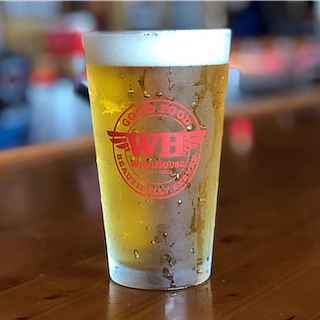- March 12, 2025
-
-
Loading

Loading

WingHouse Bar & Grill is known for a straightforward business model: draft beer, pub grub, big-screen TV sports and wait-staff personnel — the WingHouse Girls — who model swimsuits for an annual calendar.
What could possibly go wrong with that?
It turns out Largo-based WingHouse discovered all sorts of shortcomings in its operations when it began using BeerBoard’s SmartBar platform, a high-tech suite of analytical tools that measures the performance of a draft-beer system.
The results of the analysis shocked WingHouse CEO Dennis Prescott. For example, he says, a bartender would pour four pints of beer for a group of customers but ring up the sale as a pitcher. “We were pouring over 56 ounces of beer, but only charging for 46 ounces,” Prescott states in a press release. “We were giving away a pint of beer — over and over and over again.”
Prescott tells Coffee Talk several WingHouse bartenders were fired because of the loss of product, which ranged from 18% to 25% in some cases. “When you look at aggregate profit and loss, really break it down, cost of goods is a serious issue,” he says. “But if you stay on top of it, you’ll see significant savings.”
Syracuse, N.Y.-based BeerBoard installed the SmartBar system — which tracks how much beer is being poured vs. how much is actually rung up — in two WingHouse restaurants through a six-month trial run, and Prescott saw product loss drop as low as 2.6%. Anything under 5% is considered desirable, he says, adding he quickly agreed to extend the company’s deal with BeerBoard.
Even though the system has since been rolled out at only 16 of the 24 locations, “We’re close to achieving our performance goals already,” Prescott adds.
The innovative system also can detect problems with beer kegs, such as line leaks and incorrect pressure settings. “We’re only just scratching the surface of what BeerBoard will do,” Prescott says.
Sounds like a win. Pour another round — but not on the house.